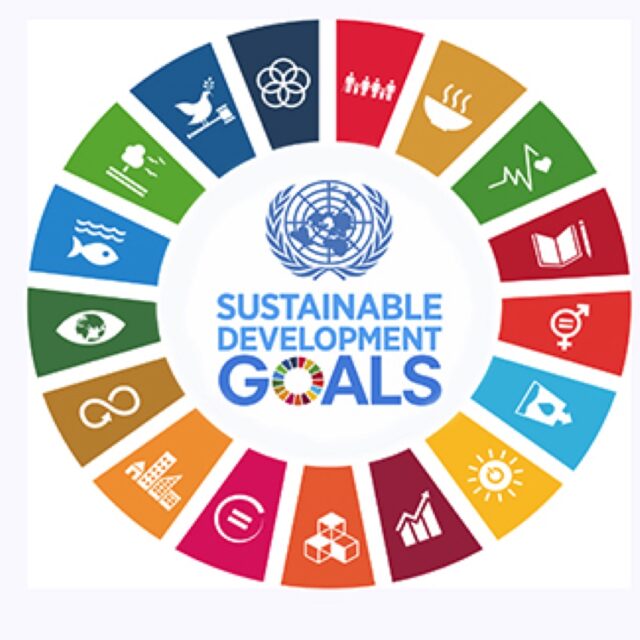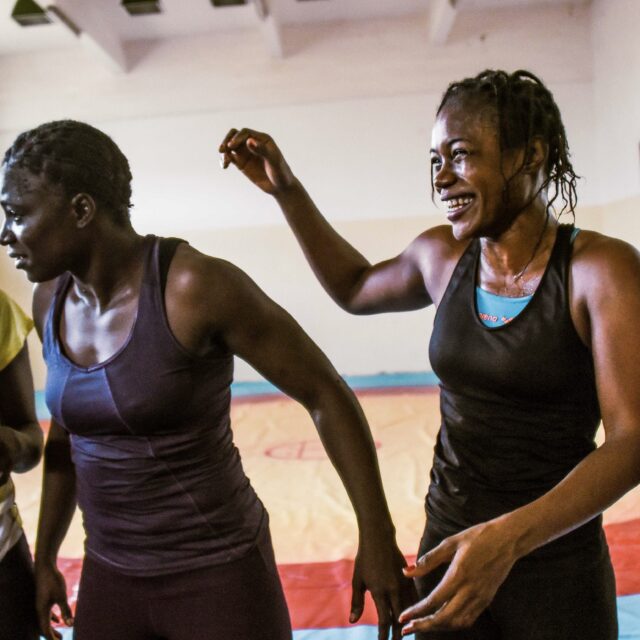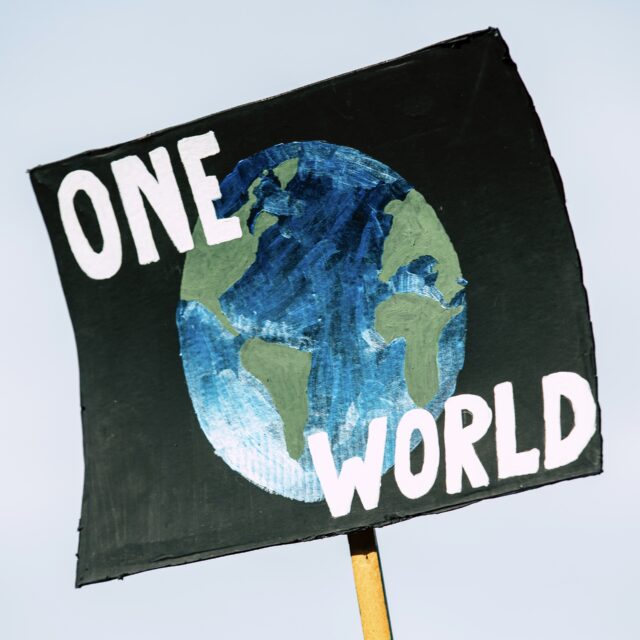Written by Jamie Drummond, ONE’s Co-Founder.
Firstly – apologies!
Open letters like this can be self-important and irritating, but they can also be a helpful way of driving a set of specific questions upon disparate gatherings – like Davos or UNGA – with the hope of focussing debate and driving towards answers. And given the development sector’s been hit by “UNGA fever” again – here goes.
A few years ago, many of us, across the public, private and non-profit sectors, worked together to help create the SDGs.
During that time, many of us were challenged by an inspiring yet chilling sentiment expressed in an open letter from eminent leaders like Graca Machel, Desmond Tutu, Malala Yousafzai and Mo Ibrahim.
Released on Mandela Day 2014, the letter was designed to help shape the discussion and drive focus for the SDGs. Critically, it described in two paragraphs two possible future scenarios the world could face:
‘Down one hopeful path we have built on progress, and learned how to eradicate extreme poverty, hunger, as well as put an end to preventable maternal, new-born and child deaths. In so doing, we will give everyone everywhere opportunity and the right to lead their lives with dignity without jeopardising our planet’s ability to provide for its people now and into the future. This is an entirely possible outcome if we do the right thing.’
‘Down another path we have failed to build on progress, but have allowed the injustice of poverty, hunger and pandemics to spread. A growing insecurity caused by unequal access to increasingly scarce natural resources leads to tragic conflicts from which nobody – no elite, no matter how rich – can hide. This is an entirely plausible outcome of a complacent business as usual approach to 2015.’
How well have we heard these leaders and heeded their advice?
Another way of saying this might be, have the SDGs enabled the game changing partnerships needed to ensure we are following the first path, and on track for a decade of delivery from 2020-2030, and not the second – slipping into a decade of disaster.
Well, this UNGA week we must ask this question, and agree which path we think we are on, then take appropriate action.
Probably, most in the global development community think it’s a bit closer to the second path than first. But what do you think? A priority will be to listen and see what the new data is saying, and listen to people outside this bubble as well those within it I don’t usually meet, before jumping to too many conclusions.
But based on a working assumption that it is nearer the second than the first, here are three further questions I’ll be chasing answers to this week:
1. Have the SDGs burst out of the development/UNGA bubble? One hypothesis is that the SDGs are currently a useful B2B brand, but awareness is largely stuck within the development bubble. They have not, except in a few countries (such as France) and in a few corporations (Unilever, Mastercard…) broken out. Some great work has been implemented to promote them beyond this bubble, but the average citizen does not yet know there is a set of Goals which they can use to hold their governments (locally or nationally) to account. The usefulness of the goals is the key concept. To use them people must know they exist. But they also must be presented in practical locally relevant ways. This challenge is mission critical, and needs serious additional investment. There are some brilliant ideas that can address this, however unless foundations activists and philanthropists are ready to take the risk and back game changing creative content as well as the development of locally relevant, contextual scorecards to track delivery, the SDGs will remain huddled in our beauteous like-minded bubble.
2. Who (and where) are the SDG’s core clients? The SDGs are for everyone. This radical inclusiveness is attractive. But a clearer focus within that on those most left behind would also help everyone, everywhere. One North Star, core client group are the cohort of young teenage women, born in 2000, 18 today, living in communities facing extreme poverty, extreme climate and extreme ideology; those young women in Northern Nigeria or rural Tanzania – such as Eva Tolage. This clear sense of a client is what “Poverty is Sexist” is about. This century, our hopes and fears, belong to Eva as she considers education, careers, marriage, urban migration and more. This is clearly what the data suggests; that the core SDG challenges and opportunities lie with this cohort and their in their choices. So how well we partner with and deliver an empowerment package of improved policies and funding for and with them is fundamentally what the SDGs must be about. If we can agree this, then we can really focus our efforts to turn the goals into living scorecards with which she (backed by “we”) measure how well services are reaching local communities, and apply pressure on governments – local, national and international – to truly deliver.
3. Where are the new and renewed partnerships coming from? The next 12-24 months is critical, presenting a series of national and global moments which will dictate the extent to which we follow the first or second of these paths. To make these moments work – and add up to more than a sum than their parts – we need to do two things. Firstly, we must ensure the existing, established partnerships like the Global Fund to fight AIDS, TB and Malaria, the Global Alliance for Vaccines (GAVI), the Global Partnership for Education and beyond that, IDA and ADF all have sufficient funding and innovation to deliver bigger and better (subject to clarity about how well they truly serve the core client of course). But secondly we also need a new generation of partnerships across the public, private and non-profit sectors to break the mould in fighting corruption (look at the recent awfulness in Zambia and Liberia), leveraging digital technology (for amongst other things Women’s Economic Empowerment), and ensuring a new generation of investors actually reach those most left behind (and aren’t poverty-washing straight for-profit motives). Furthermore, a new partnership must urgently stem the terrible tide of rising debt, including in the many countries which only 15 years ago got total debt write offs. There are many moments to progress all this, but the French G7 is one stand out opportunity, sitting strategically between the Japanese G20, the AU Summit and the key 2019 UNGA check in on the SDGs.( ..though I can’t quite believe I’m still talking up the G7…).
So, dear development bubble, are we going to ensure the Global Goals burst out of this bubble? How might we help the Goals become less “kumbaya”, not just warm huggy-feely things, but a bit more cutting edge and kinetic: more of a values-based public call to action, to help the fight back against xenophobia, corruption, misogyny and authoritarian populism? Or are we content to let them remain a very useful, inside the bubble, business to business brand? Not much to think about then. Happy UNGA week!



